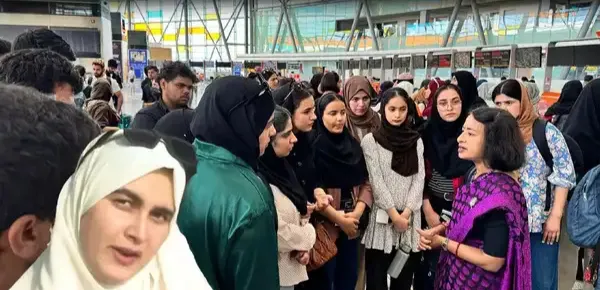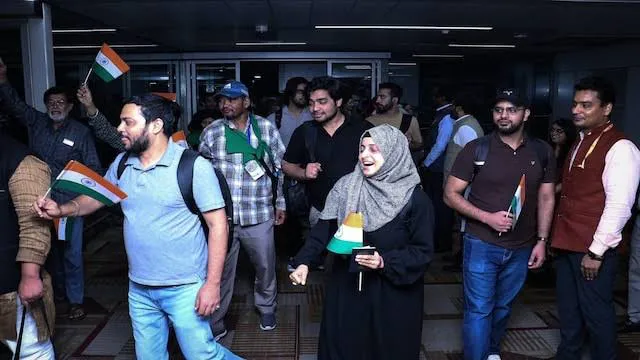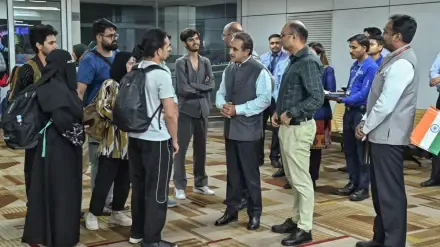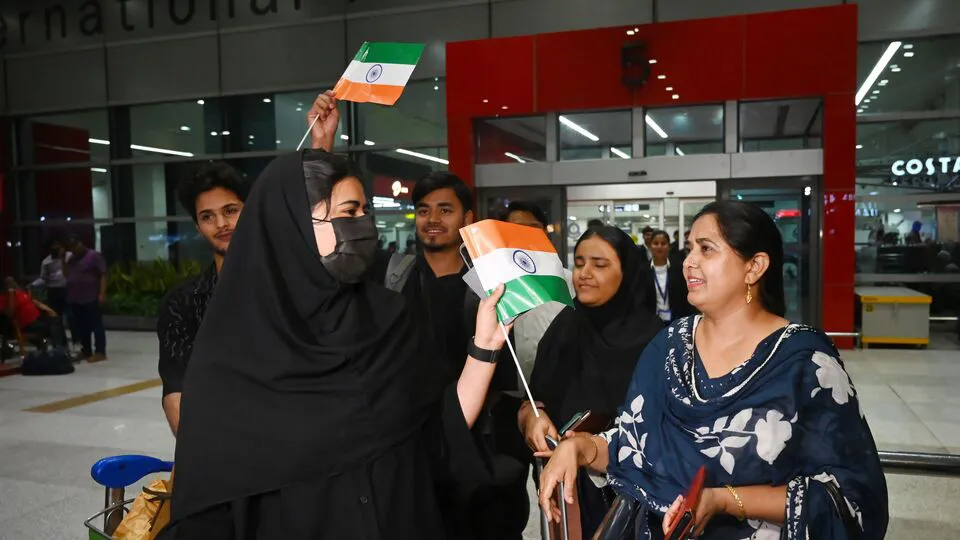Operation Sindhu: India’s Swift Response to Crisis in Iran. Following the sudden escalation of tensions between Iran and Israel, including Israeli airstrikes on Iranian territory, Iran closed its airspace, leaving many Indian nationals stranded. In response, the Indian government launched Operation Sindhu on June 18, 2025, to facilitate the safe evacuation of its citizens, particularly students and pilgrims. the Ministry of External Affairs (MEA), in coordination with the Indian Embassy in Tehran, worked rapidly to arrange alternative routes and diplomatic permissions to begin the repatriation process.

Tehran Opens Airspace for Indian Evacuation Flights. In a rare diplomatic gesture, Iran temporarily lifted airspace restrictions to allow three special chartered flights to evacuate stranded Indians. These flights, operated by Mahan Air, enabled approximately 1,000 Indians, mainly students and pilgrims from Jammu & Kashmir and other northern states, to return home. The evacuees were first transported by road from cities like Tehran, Mashhad, and Qom to designated airports, ensuring a safe and coordinated departure.

Arrival in India and Emotional Homecoming. As of June 21, over 1,117 Indian nationals had already returned home under Operation Sindhu. The first batch of 290 evacuees arrived at Delhi’s Indira Gandhi International Airport late on June 20, having flown out of Mashhad. A second flight followed from Ashgabat, Turkmenistan, while a third was scheduled for later the same day. Many of the returnees expressed immense relief and gratitude, with some recounting terrifying experiences such as witnessing missile strikes. According to Mint, an Indian student, Sheikh Afsa, on board the flight carrying 110 nationals under Operation Sindhu, praised the government's efforts to ensure a safe evacuation upon returning to Delhi, saying that the government evacuated them 'from their doors'.They helped us at every step; no one faced any problem, and we are grateful to the central government for the role they played in evacuating us,” she told ANI. Families and student groups praised both Indian and Iranian authorities for their swift coordination and support in this tense situation.

Ongoing Efforts and Next Steps. While nearly 1,000 Indians have been safely evacuated so far, the operation is ongoing. The Indian government is preparing additional flights to evacuate remaining nationals, including from conflict-affected areas in Israel via Amman, Jordan. With an estimated thousands of Indian citizens residing in Iran, including 1,500–2,000 students, officials aim to complete the evacuation in phases. Iran has also indicated willingness to facilitate further evacuations as needed. The successful collaboration between the Indian and Iranian authorities has been crucial in ensuring the safety of Indian citizens abroad.
